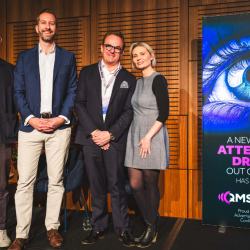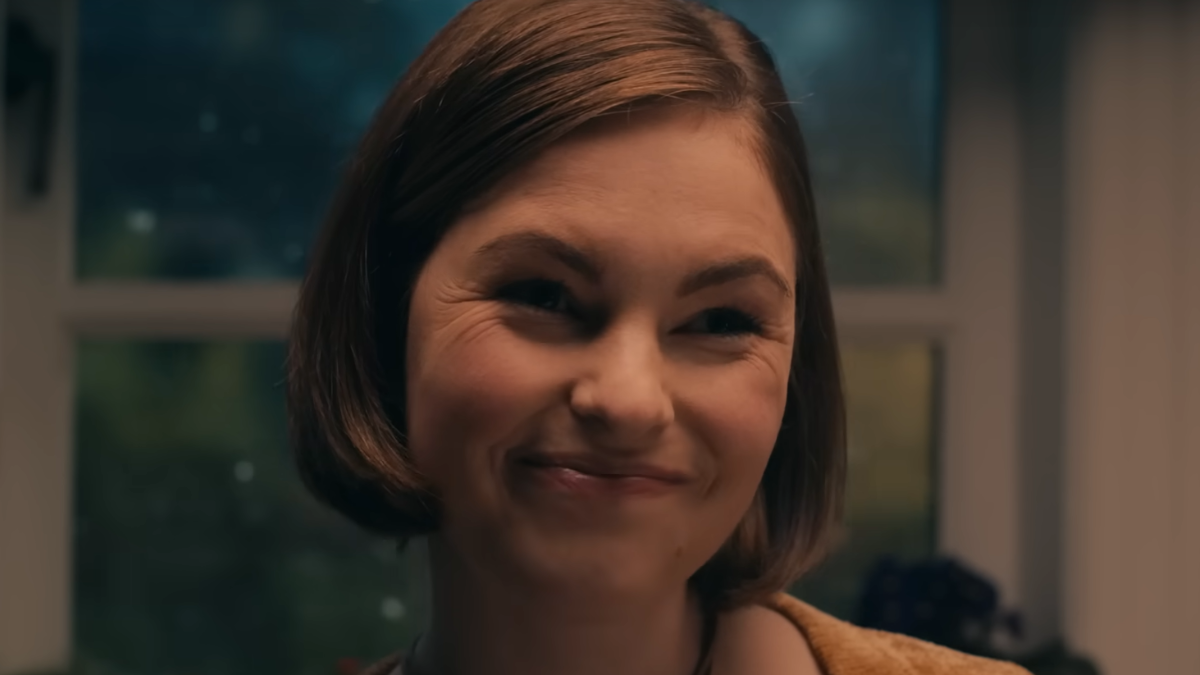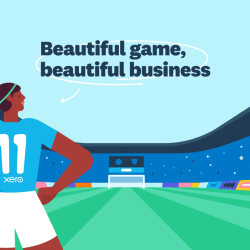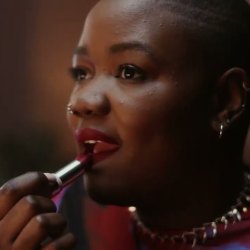Balance is a tricky thing to maintain, just ask any tightrope walker, 18-month-old toddler, anyone learning to ride a bike, all BBC journalists and most politicians
It can be hard to sell too — we’ve all heard that ‘brand X has half the fat but all the flavour‘ but few or any of us believe the claim. We live in a world where we have been schooled in binary thinking — it’s right or wrong, left or right, black or white. (The only shades of grey that appeal were written about by E.L. James.) Perhaps this is one of the reasons why brand building can be difficult, as so much of the best thinking about marketing is centred around balance.
It is often said that marketing is a balance of art and science, needing as it does both creativity and rigour. Porras and Collins’ Maintain the core while stimulating change is another classic example of the need for balance. Rob Kalin, founder of Etsy, has talked about his struggle to pursue growth, without losing sight of that brand’s core values and its commitment to creators. All of which leads me to what is happening in many of the next generation of brands, the digitally savvy, 24/7, tech- and content-led brands.
While there are a few genuine examples of new brands truly striving to maintain the balance between short- and long-term, recruitment and brand building, and commerciality and commitment to their stated purpose, many are focused on growth, commerciality and the short-term.
Perhaps the most obvious manifestation of this is how these brands focus on performance marketing which, despite its name, is short-term sales and new business acquisition focused. It is not without merit. It plays an important role, especially for younger start-ups in delivering growth. It has the additional benefit that its efficacy is more measurable than many brand building activities. It is short-term and returns driven — making hay while the sun shines — and so it is the darling of many previous marketing sceptics — finance directors, shareholders, and venture capitalists.
So numerous next generation brands don’t see the shortcomings of performance marketing and its sales not brand focus
It’s a reflection of a perceived shift away from brand to product and/or experience focused thinking. This, again, is something more prevalent in start-ups, digitally native, tech and content brands. It is backed up by recent research: for example, in a study conducted by PWC it was found that a good customer experience is what people (consumers) really value. The results indicated that it was not only a key deciding factor in choosing a brand, but that it is product/service performance and not brand image that truly drives people’s perception of the value they get from a brand.
A consequence of these changes and shifts is that in many of the new generation of brands (and indeed other organisations) is that the Chief Marketing Officer (CMO) doesn’t have a seat on the board. Instead, they answer to a Chief Customer Officer (CCO), a Chief Growth Officer (CGO) or a Chief CX (customer experience) Officer.
However, as we have seen with the recent downturn in Silicon Valley and beyond, is that brands that lack depth are unlikely to perform as well in a downturn, or when faced with a crisis. None other than Jeff Bezos started predicting in 2013 that many (or most) new brands are unlikely to survive more than 30 years. ‘Companies have short lifespans… and Amazon will be disrupted one day,’ he said on CBS. ‘I know it’s inevitable. Companies come and go, and the companies that are the shiniest and most important of any era — you wait a few decades and they’re gone.’
Building a stronger foundation of positive brand equity and heritage won’t be the panacea for long life… but in the way that following a healthy diet, not smoking and keeping active are all known to improve your personal likelihood of a long and active life, the same is true of brand building, looking after existing customers, plus sensible and constant innovation. They all contribute to the fact that so many classic brands have lasted well beyond their third decade. Many have been around for centuries.
Going forward, this next generation of brands needs to consider their future and start investing in brand equity building. They don’t have to stop driving growth, but need to balance this with other activities, and so achieve an appealing and long-lasting shade of grey. Or, er, so the brand-building version of E.L. James might say.
Featured image: Екатерина Мясоед / Pexels































